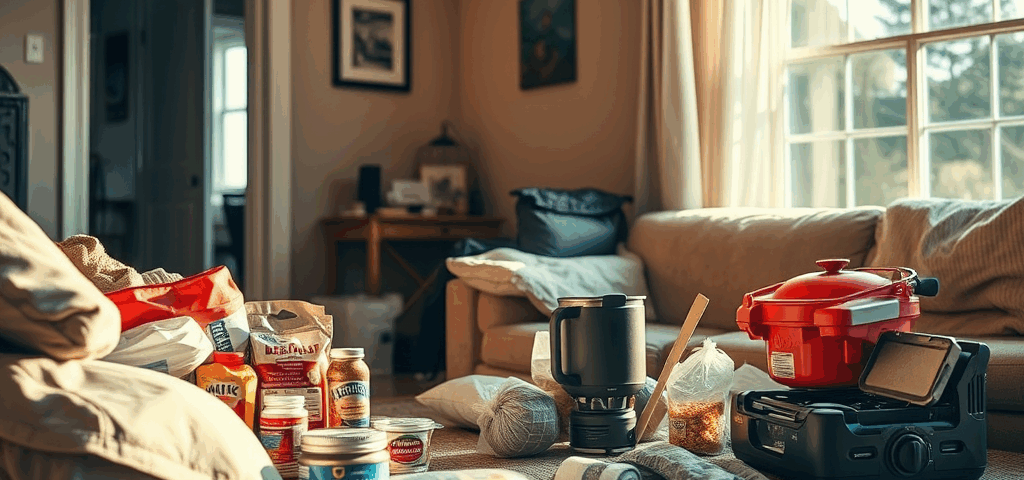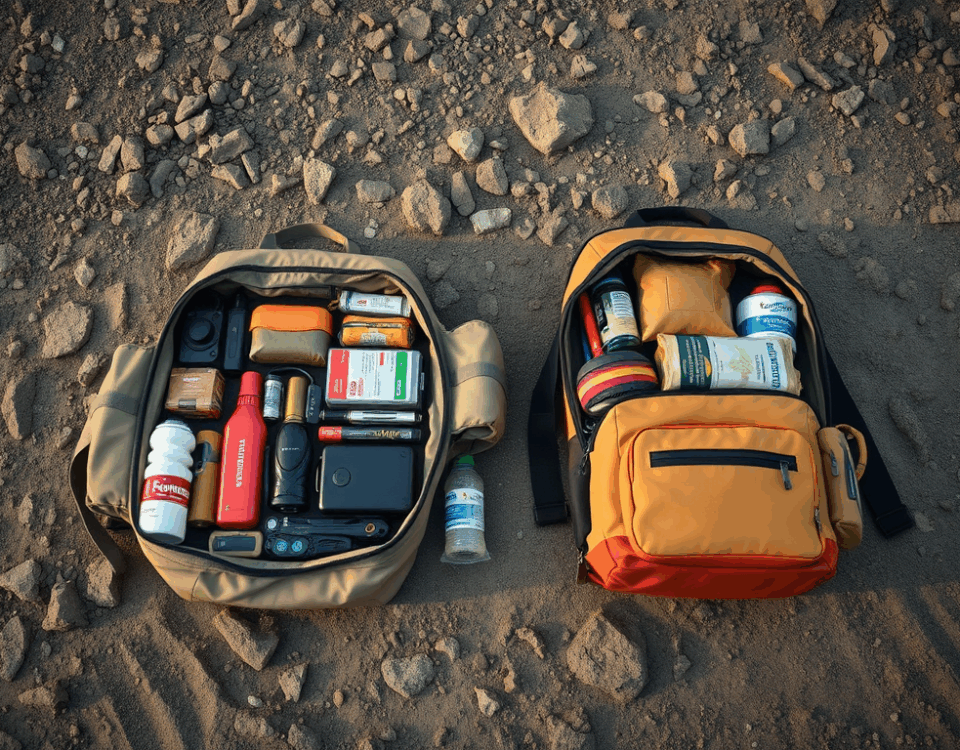Preparedness Triangle 5 – Shelter In Place and Not Coming Home

The last and bottom part of my preparedness triangle will be subjective. As mentioned in the overview, this will ultimately come down to personal preference and your plan for emergency scenarios. The bottom part has two options: Shelter in Place (SIP) and Not Coming Home (NCH).
All of this information is currently just a plan. We haven’t started pulling everything together yet. However, given the current global situation, it has put into perspective the need for a plan and the urgency to implement it.
Shelter In Place vs Not Coming Home
Shelter in place means you are staying at home until the all-clear has been given. Obviously, this will depend on the type of emergency that is occurring. You should have enough provisions to sustain you and your family for a predetermined amount of time. Ideally, a month or more is a good start to planning.
The second option of not coming home means you’re either being forced to evacuate or have to because you can no longer sustain yourself at home. Or, in the worst case, it has become unsafe to stay at home. This is a last resort, and every effort should be made to stay in place before considering leaving.
Do An Assessment
The assessment here versus for VEDC or a GHB/BOB is going to be considerably more detailed. You can very easily look at your home location and decide what types of events might impact you.
You also need to take into account how many people will be with you. If you have a family, that means having more resources to sustain you or a vehicle large enough to get everyone out of the affected area.
Each part of the assessment should be specific to your situation, location, and types of events you anticipate happening. There is no one-size-fits-all solution here.
My Current Plan
In my case, my plan has always been to shelter in place for at least a little while before having to leave. If I have to leave, it will be north to get to my parents’ house. While they don’t live in the country, they also don’t live in a heavily populated area, unlike me. They’re in a good middle ground.
Staying Put For Awhile
Our plan for SIP will include enough food and water for at least a month. Most of this includes canned goods and non-perishable foods that can be cooked easily on a camp stove, or if our gas is still on, the stove in our house. Some of that will be supplemented with dehydrated foods that are easily transportable if we need to leave.
A lot of what you have in a Not Coming Home (NCH) kit is going to be dependent on what your plan is for having to leave your home. In our case, we plan only to be gone for an extended period of time. The bins we have planned will have enough supplies to hold us over for a minimum of a month.
They also include pre-packed bags for clothing and provisions for our animals. These would be put together as soon as we know we will be sheltering in place and placed with our NCH bins. Most of this would be packed into our vehicle, making it ready to go. That way, if an evacuation were necessary, we would get in the car and go.
Build Your Own Plan
The plan is accompanied by more detailed instructions, including rally points, communication rules, and procedures in the event of separation. Having multiple exits out of your area is also a good idea. You may even want to consider a cache somewhere along the way if you have a long drive to a safe location.


